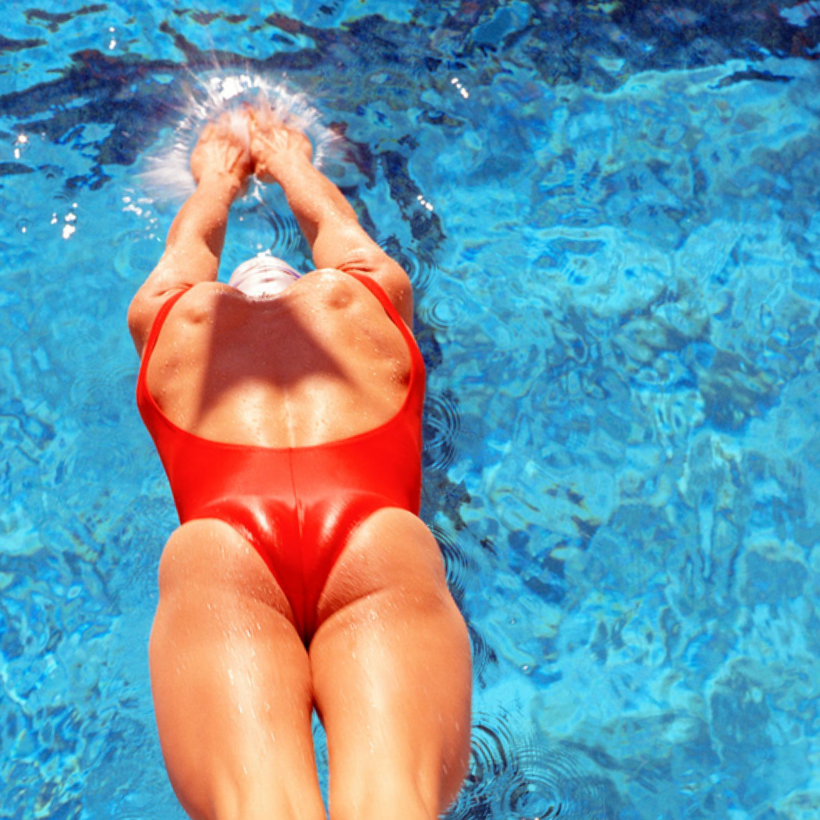Dark, inclement days can make running around the park an unappealing prospect, while the shelter of the local gym can mean it’s too busy for a stress-free workout. Not only is swimming accessible, affordable and light on equipment, it’s also a great cardiovascular exercise—just what you need to keep your fitness going until spring.
Breathe Easy
“Swimming is unique in endurance sports,” says Brian Johns, a former Olympic swimmer for Canada and head of coaching science at the swimming brand Form. “The precise mechanism is not yet completely understood, but it’s possible swimmers use more of their lungs when breathing, thereby developing the muscles around the ribcage to increase lung function.” Studies have consistently shown that competitive swimmers have a greater lung capacity than other athletes of a comparative build. The bigger your lungs, the more oxygen they can deliver to your body.
Count it Out
You might not notice breaking a sweat, but swimming can help you torch calories. Butterfly, the best stroke for weight loss, can burn up to 900 calories an hour (although most of us will struggle to do it for more than a few lengths). Front crawl is more sustainable and you can still expend 500 to 700 calories an hour. An hour of running might burn up to 1,050 calories—but you can decide which is kinder on your knees.
Swim Like a Butterfly
Winter put your padel game on hold? “Swimming is a technique-based sport and the sheer amount of strokes means it’s great for your coordination,” says Laura Addie, a professional triathlete and coach. Front crawl requires synchronizing alternating arm strokes, flutter kicks and rhythmic breathing; butterfly demands simultaneous arm movements matched with dolphin kicks; and breaststroke emphasizes precision between whip kicks and arm pulls. “Intentionally working on your rhythm and stroke mechanics has great multisport benefits,” Addie says.
Synchronized Swimming
Unlike the intimidating squat rack at the gym, the pool can be a great place to meet people. “Swimming is surprisingly social, especially in community pools, clubs or classes,” says Penny Weston, a personal trainer and competitive swimmer. According to the charity Age UK, partaking in “meaningful social activities” can even slow cognitive decline. The Swim England website can help you find pools and group sessions.
Keep Your Head Up
A meta-analysis in the journal Frontiers in Psychiatry found that “aquatic exercise” is great for your state of mind, too. “The evidence suggests swimming significantly improves mood and reduces anxiety,” Addie says. “Slow laps feel more relaxing than a quick run or gym session.” Plus it’s hard to check your phone in the pool.
Torpedo Power
There’s a reason Michael Phelps has such a stacked upper body: swimming is a great, low-impact workout for your shoulders, lats and triceps. “Swimming is definitely a strength builder, not just for the arms but also for the back and neck,” Johns says.
Tom Ward is a U.K.-based writer




